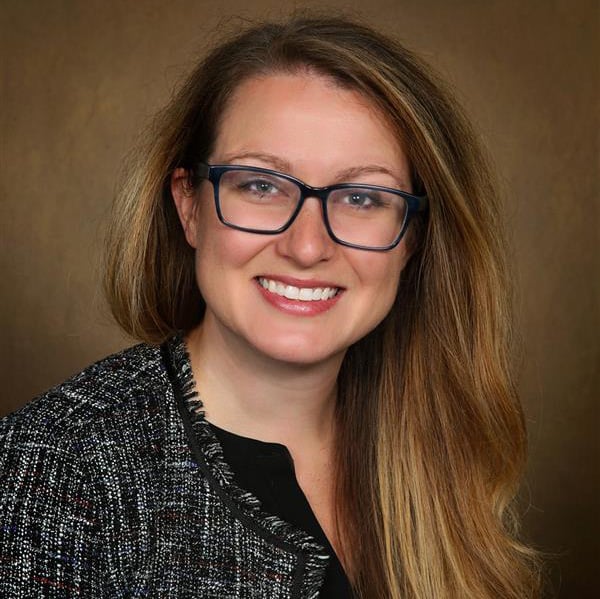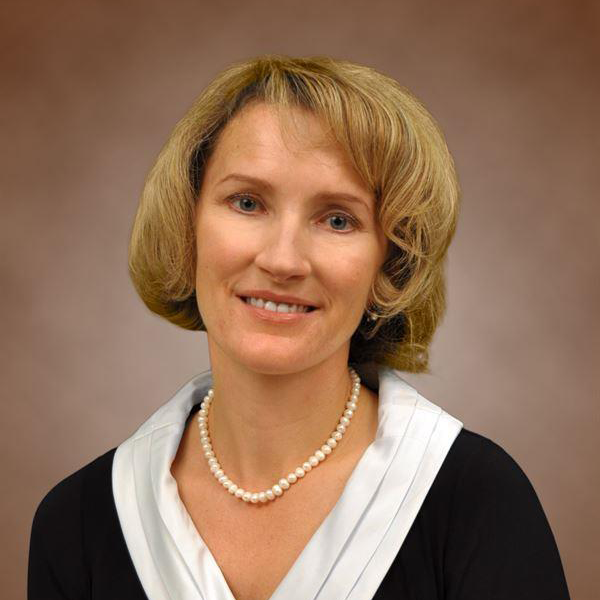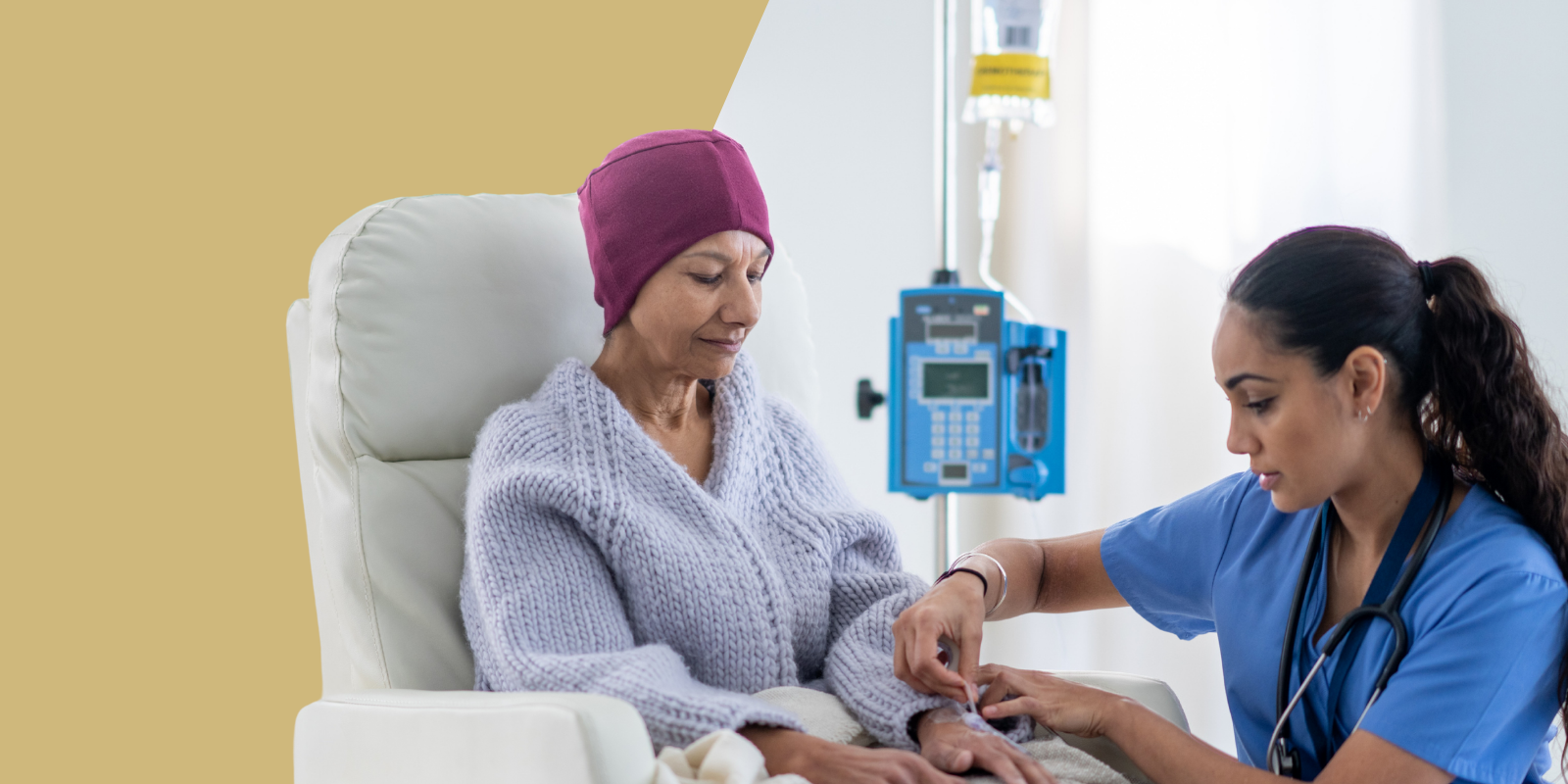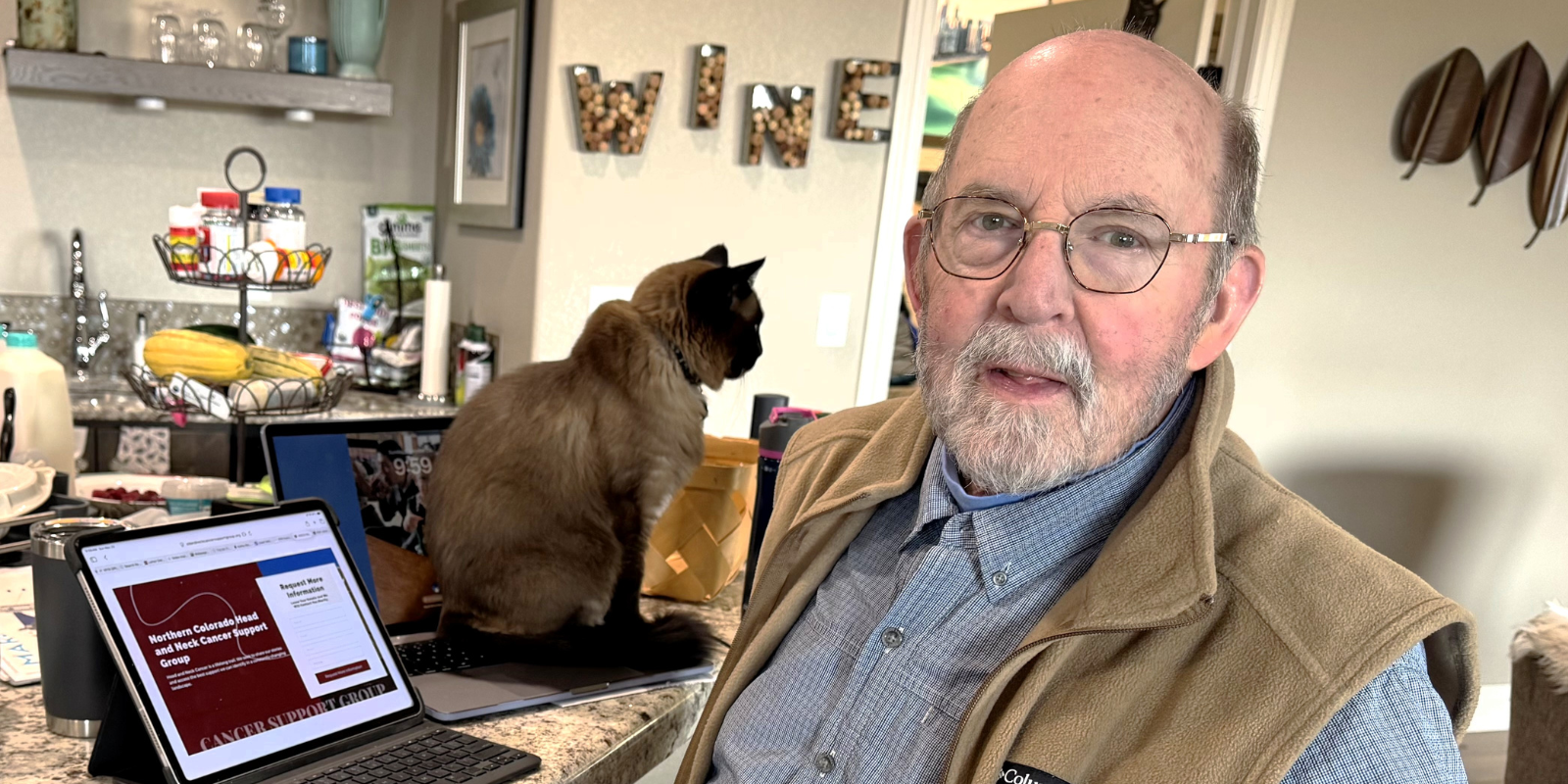Suzi Brinkman grew up with three older brothers, and her husband is the oldest of three siblings, so it was important to them for their 2-year-old son, Wallace, to have a brother or sister.
There was just one problem — the therapy Brinkman was receiving to treat her estrogen-positive breast cancer had shut down her ovaries’ ability to produce the hormone on which the cancer fed.
“When breast cancer cells express estrogen receptors, estrogen stimulates division of the breast cancer cells,” says Brinkman’s oncologist, University of Colorado Cancer Center member Elena Shagisultanova, MD, PhD. “A big part of treatment is to suppress estrogen signaling by injecting medication that suppresses production of estrogen in the ovaries. We essentially put patients into medically induced menopause for a few years as a part of cancer treatment.”
Thinking POSITIVE
In 2019, with Shagisultanova’s help, Brinkman became part of a clinical trial for young breast cancer patients who wanted to have children. The POSITIVE (Pregnancy Outcome and Safety of Interrupting Therapy for Women with Endocrine Responsive Breast Cancer) trial evaluated 518 women, including Brinkman, who opted to pause anti-hormone therapy for two years to try to get pregnant. Trial participants had to have completed at least 18 months of the therapy prior to pausing it.
“It was important to us that our son have a sibling,” says Brinkman, 39, who lives in Arvada, Colorado. “We wanted to have that kind of life in our home. I loved being pregnant with my son, and I really wanted to feel that again.”
Brinkman would feel the joys of pregnancy and childbirth again. She conceived just months after pausing the hormone therapy, and she gave birth to her daughter in January 2021. She was able to breastfeed until August 2021, when the clinical trial protocol dictated she should resume the anti-estrogen treatment.
“My original tumor was in my left breast, and I was not able to produce milk from my left breast at all,” Brinkman says. “But I produced all the milk she needed with my right breast. Dr. Shagisultanova told me what a beautiful thing I was doing and how powerful it was. I fed my son with both breasts, but for my daughter, that one side was able to take over and produce enough for her.”
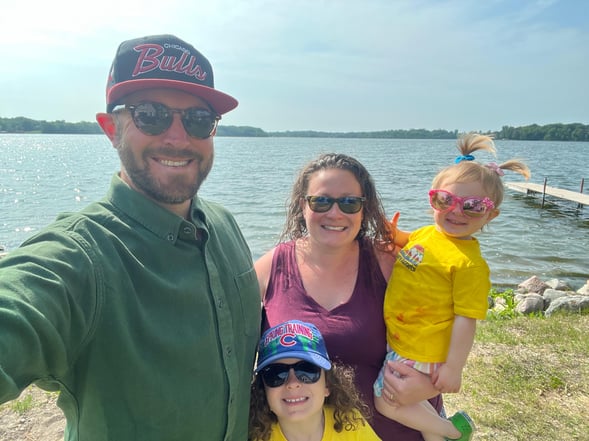 Suzi Brinkman with her family.
Suzi Brinkman with her family.
A cancer journey begins
Breastfeeding played a role in Brinkman’s original cancer diagnosis as well. In 2016, when she and her family still lived in Maryland, she noticed a lump in her breast while nursing Wallace. She was diagnosed with breast cancer shortly thereafter and underwent chemotherapy and two lumpectomy surgeries to remove the tumor.
“My second surgery was on February 22, 2017, and on February 28 of that year, my mom went into work, and her coworkers said, ‘Something's not right with you; you need to get yourself to a hospital,’” Brinkman recalls. “She had a brain tumor, and three months later, she passed. I was going through radiation for my breast cancer five days a week, then on the weekends I was driving up to New Jersey to be with her. It’s unrelated to my personal cancer journey, but it had a big impact on my overall journey, and it was another example of how much cancer sucks.”
In situ setback
When Brinkman and her family moved to Colorado in 2018, she began receiving care from Shagisultanova and a care team at CU Cancer Center's clinical partner UCHealth. Once Brinkman resumed her hormone therapy after giving birth to her daughter, things seemed to be going smoothly. But an MRI she received in May 2023 again drove home just how much cancer sucks.
“They found the smallest little tumor and it was DCIS (ductal carcinoma in situ, an early, noninvasive form of breast cancer). It was stage zero, essentially, but with DCIS, the recommendation is usually lumpectomy and radiation,” Brinkman says. “But because it was in the left breast, which had already been irradiated, I was not a candidate for radiation. And because of my age and my family history with cancer, the recommendation was a mastectomy.”
Given her cancer risk, Brinkman opted for a bilateral mastectomy, which was performed by CU Cancer Center member Nicole Christian, MD, assistant professor of surgical oncology in the CU Department of Surgery. She is now in the early stages of breast reconstruction with Julian Winocour, MD, visiting associate professor of plastic and reconstructive surgery.
“My left breast had been irradiated, my right breast nursed a second child all on its own, so I was very asymmetrical,” Brinkman says. “I was ready to be symmetrical and feel confident again.”
Mastectomy reveals more cancer
Cancer, however, had one more nasty surprise in store — when tissue from Brinkman’s left breast was analyzed after the mastectomy, pathologists found traces of her original invasive breast cancer in the scar tissue of her previous lumpectomy.
“That is scary, because it means that even through all the therapies and the chemo and the radiation and shutting down my ovaries, there were these little cells that still survived and decided to creep their heads up again,” Brinkman says.
The discovery led Shagisultanova to add more medicines to Brinkman’s treatment, including an estrogen receptor degrader that destroys estrogen receptors on the surface of the tumor cells, giving them no chance of surviving on even the small amounts of estrogen her body is still producing.
“We do believe she will be successfully cured,” Shagisultanova says. “Despite the small local recurrence, we have a curative intent. She does have both kids now, which is a happy part of the story. We need to treat her more intensely, but overall, I view her outcomes as good outcomes. It’s more work for us, but that's what we do.”
Silver linings
Brinkman is enduring this new phase of her treatment with as much grace and good humor as she can muster, taking solace in the fact that she was part of breast cancer history — the POSITIVE trial ultimately showed that women who paused their endocrine therapy to try to get pregnant experienced short-term rates of breast cancer recurrence similar to women who did not pause therapy for pregnancy, and most went on to conceive and deliver healthy babies.
She also expresses gratitude for the help she has received from family and friends, and for the clarity cancer has brought to her life.
“When this happens, it really shrinks your world,” she says. “It makes you focus on that the things that matter, like being with my kids. I don’t need to read the New York Times right now. My husband and I both got off of social media almost two years ago, so that, thankfully, is not even a part of our lives anymore. I just want to sit and have my son tell me about how much he loves Minecraft.”

